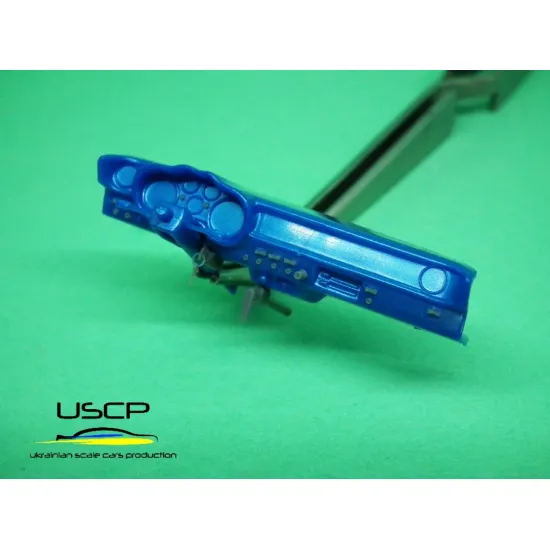An Enthusiast’s Guide to Crafting Realistic Plastic Models with Ease
An Enthusiast’s Guide to Crafting Realistic Plastic Models with Ease
Blog Article
Product packages have now been taking the imaginations of hobbyists for decades, growing from simple models into intricate works of craftsmanship. Their achievement during history may be related to a combination of developing systems, ethnic adjustments, and a dedicated neighborhood of enthusiasts.
Early Beginnings of Model Kits
The source of plastic model kits may be tracked back once again to early 20th century, generally in Europe and the United States. Originally, product kitswere handcrafted wooden replicas, usually of boats or airplanes, designed as education tools for engineers or naval cadets. These packages required significant skill to complete, as directions were minimal, and the components were rough.

By the 1930s, the method became more consumer-friendly as organizations like Frog and Monogram began producing balsa wood airline kits. These kits catered to hobbyists and introduced simple pre-cut models, making them available to a broader audience.
The Plastic Revolution
The 1950s marked a substantial turning level in the progress of model kits. The release of injection-molded plastic changed the industry. Organizations like Revell and Airfix took the lead, providing detailed design systems featuring tanks, airplane, and vehicles. This new substance permitted for better accuracy in production and provided easier construction for users.
Along with the post-war development of middle-class discretion time, model-building quickly turned a favorite pastime for children and adults alike. Like, 1967 found the discharge of the Saturn V rocket design through the Room Battle era, moving community curiosity to place exploration-themed models.
Model Kits in Pop Culture
The latter 1 / 2 of the 20th century found model products entrenched in pop culture. Movies and television shows became critical drivers of interest, with operations like Star Conflicts and Celebrity Journey impressive a wave of sci-fi kits. Japan also played a critical position in this age, with the introduction of mecha-centric packages like Bandai's Gundam collection in 1980.

Today's Enduring Demand
Despite developments in engineering, including electronic simulations and video gaming, the design set business remains strong. Companies today offer highly detailed kits applying computer-aided design (CAD), 3D printing, and laser cutting, ensuring reliability and precision. Furthermore, the increase of on the web neighborhoods, boards, and social media marketing has empowered builders to talk about practices, display finished performs, and interact with like-minded hobbyists globally.
The enduring charm of design packages lies not only within their delicate models but in addition in the sense of fulfillment they supply following hours of assembly. Nowadays, they continue steadily to link years, mixing record, artwork, and executive in to a simple worthwhile hobby. Report this page